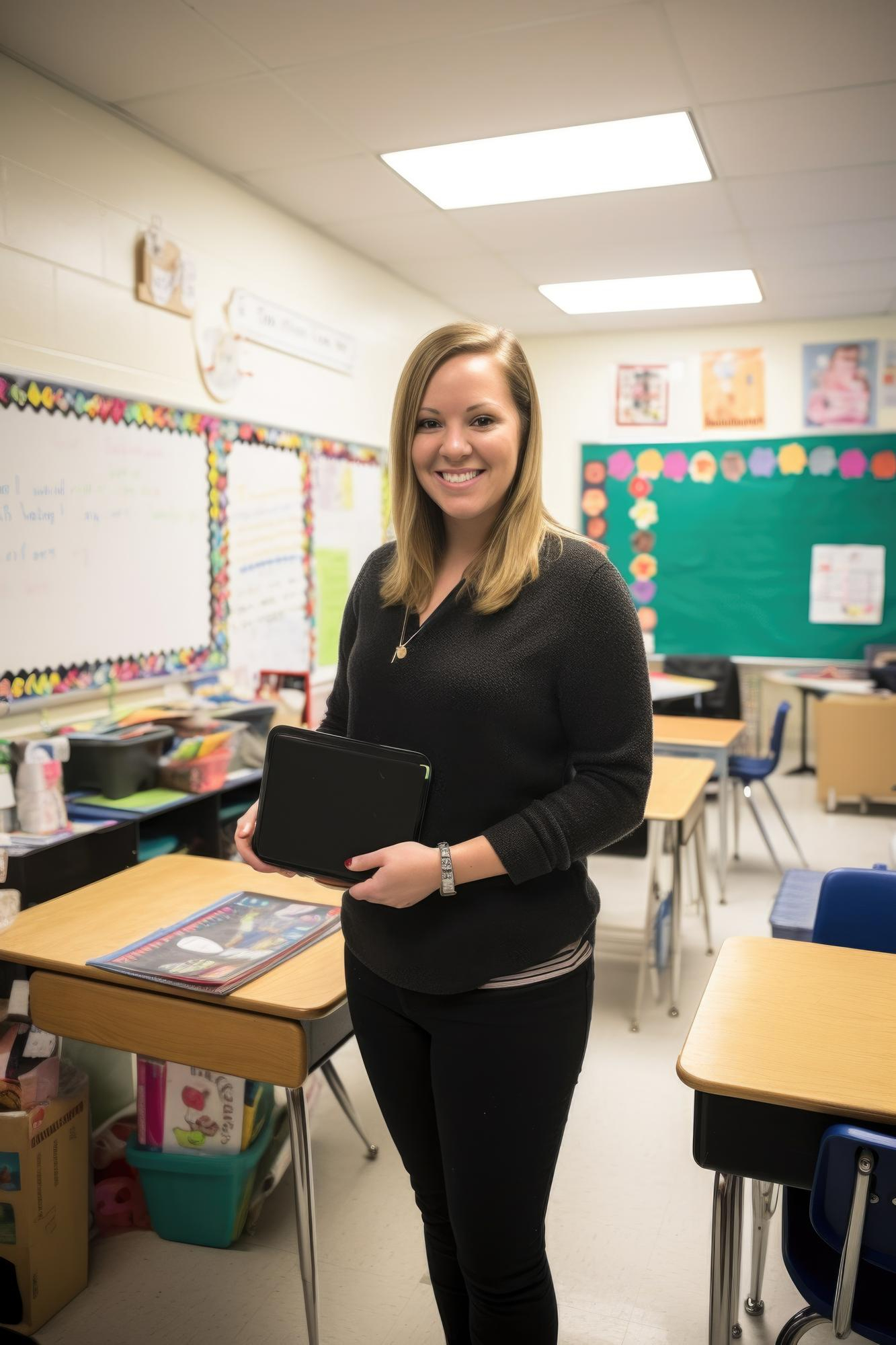Student participation is a cornerstone of effective teaching and learning. When students actively participate in classroom activities and discussions, they are more likely to retain information, develop critical thinking skills, and develop a love for learning.
However, encouraging student participation can be tricky, especially with diverse classroom dynamics and individual student needs.
This blog explores practical strategies teachers can use to promote student participation and create a more inclusive and vibrant learning environment.










